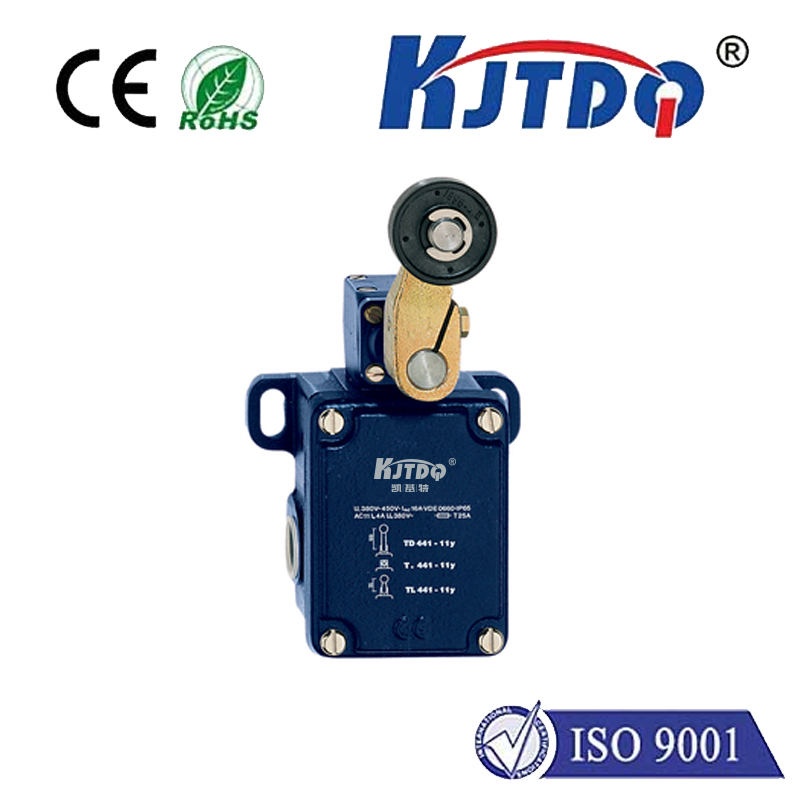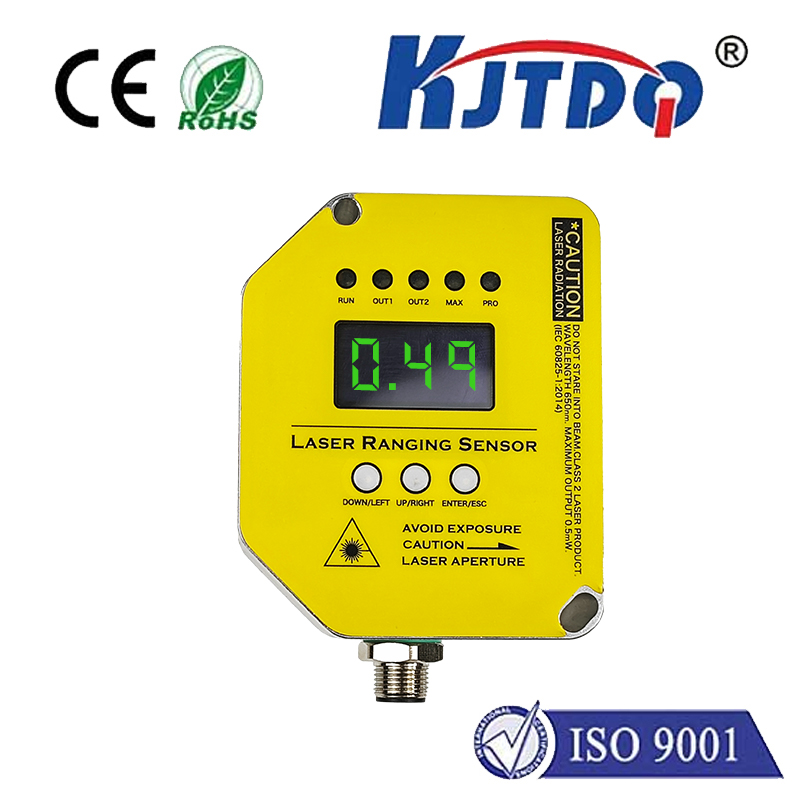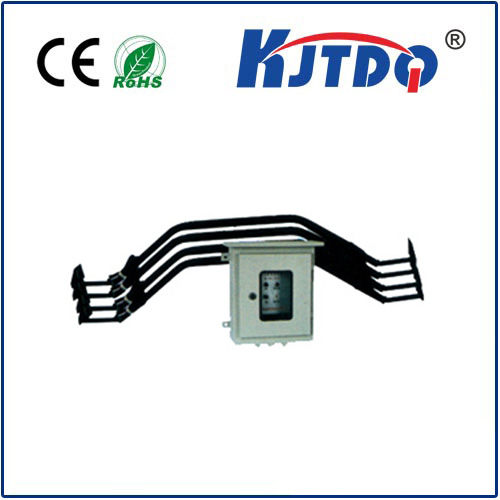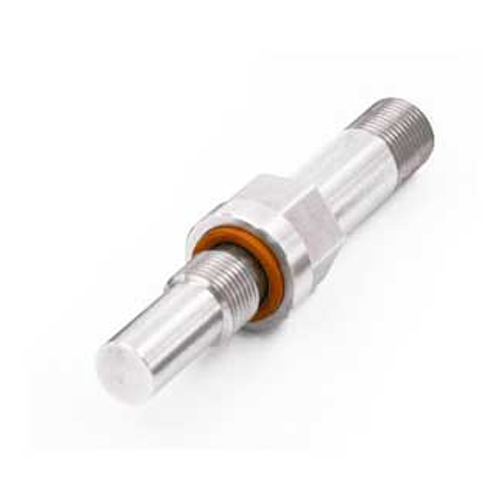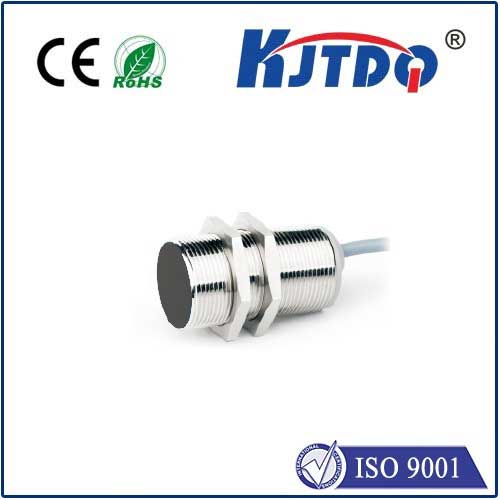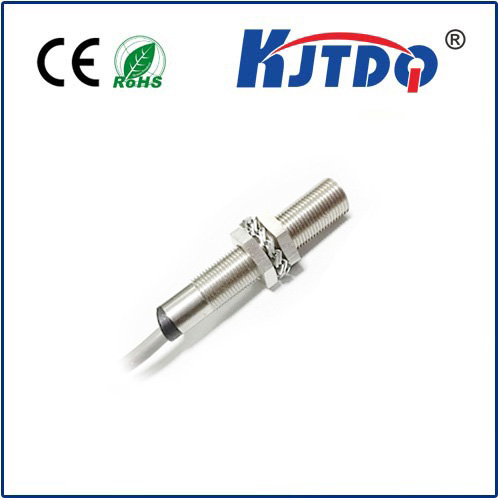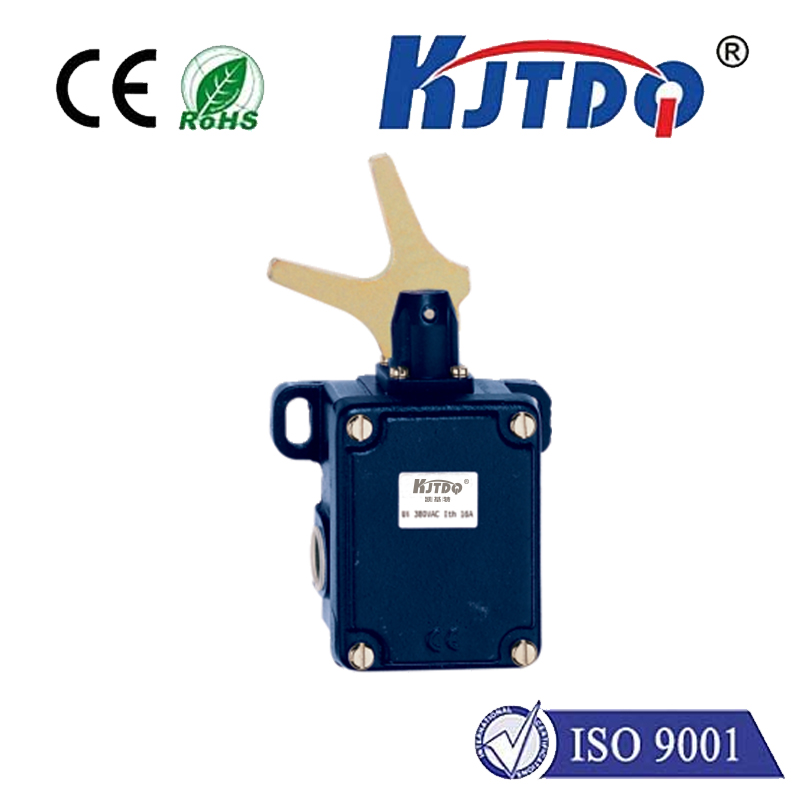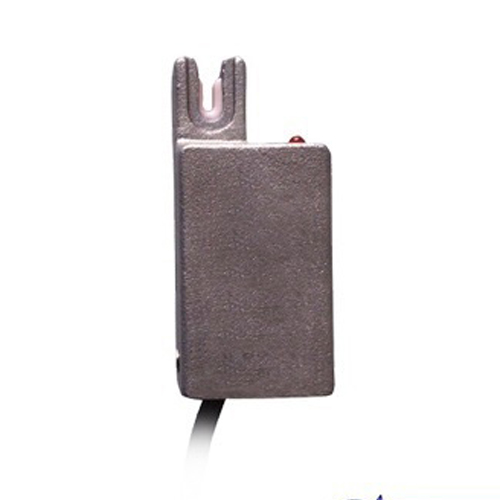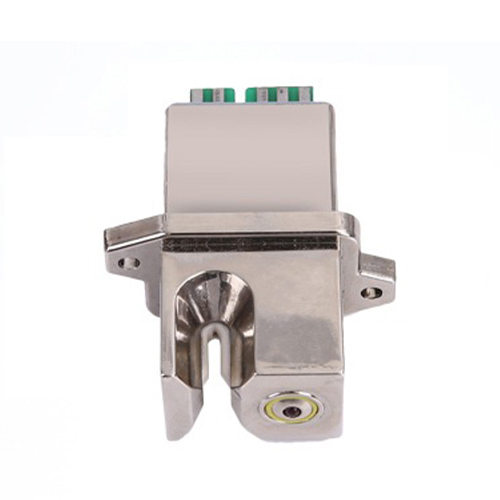proximity sensor 18mm pnp
- time:2025-06-28 02:23:09
- Click:0
Unveiling the Precision: Your Guide to the 18mm PNP Proximity Sensor
In the intricate dance of modern industrial automation, where milliseconds matter and reliability is non-negotiable, the unsung heroes often reside within the metallic casings of proximity sensors. Among these, the 18mm PNP proximity sensor stands out as a remarkably versatile and widely adopted solution. Why is this specific configuration so prevalent? Its combination of standardized sizing, reliable switching logic, and robust performance makes it an indispensable component for countless detection and positioning tasks across diverse manufacturing, packaging, and material handling environments. Let’s delve into the world of this essential industrial sensor.
The Core Principle: Sensing Without Contact
At its heart, a proximity sensor detects the presence or absence of an object without physical contact. The 18mm PNP sensor we’re focusing on is almost exclusively an inductive type. This means it generates an electromagnetic field from its sensing face. When a metallic target (typically ferrous metals like steel or iron, or sometimes non-ferrous metals depending on the sensor type) enters this field, it induces eddy currents within the target. These currents disrupt the sensor’s internal oscillator circuit. This disruption is detected, triggering a change in the sensor’s output state.
Decoding the “18mm PNP” Specification

This compact label tells us three critical things:
- 18mm: This refers to the diameter of the sensor’s cylindrical threaded barrel. This standardized size (often referred to as M18, indicating an 18mm diameter with an 18x1mm thread pitch) is incredibly common in the industry. Its popularity stems from an excellent balance:
- Space Efficiency: Fits comfortably into tight machine designs.
- Robustness: Provides enough structural integrity for demanding environments.
- Versatility: A vast range of mounting brackets, holders, and accessories are readily available globally.
- Optimal Sensing Range: For an inductive sensor, 18mm diameter typically offers sensing ranges around 2mm to 8mm, which is ideal for many applications requiring close proximity detection. Precise range depends on the sensor’s factor and target material.
- PNP: This defines the internal switching circuitry and output type. PNP (Positive-Negative-Positive) transistors create a switching configuration often called “sourcing” output.
- How it Works: In a PNP sensor, when the sensor is active (target detected), the output signal line switches to connect to the positive supply voltage (+V). Think of it as the sensor sourcing positive current out to the load (like a PLC input, relay, or indicator light).
- Wiring: Requires a connection to the positive supply voltage (+V), the negative supply (0V or common), and the output signal line.
- PLC Compatibility: PNP sensors are overwhelmingly preferred in Europe and Asia and generally compatible with sinking PLC inputs. Always confirm your PLC’s input specifications.
Why Choose an 18mm PNP Proximity Sensor?
The widespread adoption of this specific configuration is no accident. It delivers several compelling advantages:
- Robustness & Longevity: Sealed housings (typically offering IP67 or IP68 ratings) protect against dust, coolants, oils, and incidental washdowns. The non-contact nature eliminates mechanical wear and tear, leading to exceptionally long service life and significantly reduced maintenance costs.
- High Switching Speeds & Reliability: Inductive PNP sensors operate at high frequencies (often hundreds of Hz to kHz), making them perfect for detecting fast-moving targets on production lines, conveyor systems, or rotary equipment. They provide bounce-free, precise switching crucial for timing and positioning accuracy. No moving parts means no jamming.
- Immunity to Environmental Factors: Unaffected by ambient light, surface finish (within reason), smoke, or non-metallic objects (like plastic chips or dust) that might obscure optical sensors. Performance remains consistent in challenging conditions.
- Simplified Wiring & Installation: The standardized M18 threading allows for quick and secure mounting using ubiquitous locknuts or mounting brackets. PNP wiring, once understood, is straightforward and leverages common industrial power supplies.
- Versatility: Available in flush or non-flush mountable versions, shielded or unshielded, featuring different cable or connector styles (M12 connectors are very common), and with Normally Open (NO) or Normally Closed (NC) output logic to suit specific application needs. Choose non-flush (protruding) for longer sensing ranges on ferrous targets.
Key Applications Across Industries
The 18mm PNP proximity sensor is a workhorse found in virtually any sector involving automation:
- Machine Tooling: Tool breakage detection, turret position verification, chuck jaw position, part presence in fixtures.
- Packaging: Bottle/can/carton counting, fill level detection, cap presence, label application verification, conveyor indexing.
- Material Handling: Pallet presence, elevator position, gate/divert arm status, object counting on conveyors.
- Automotive: Robot end effector positioning, weld nut detection, part transfer verification, cylinder position sensing.
- Food & Beverage: Filling line control, container positioning, metal contaminant detection (specialized versions), lid placement.
- General Manufacturing: Position feedback on slides & actuators, part ejection confirmation, stack height monitoring, safety door monitoring.
Optimizing Performance: Selection & Installation Tips
To get the most from your 18mm PNP proximity sensor, consider these best practices:
- Know Your Target Material: Standard inductive sensors excel with ferrous steel. For stainless steel, aluminum, or brass, specify sensors designed for nonferrous metals or factor in potential range reduction (up to 50% less for non-ferrous vs. mild steel).
- Determine Required Sensing Range: Choose between flush-mountable (shorter range, can be mounted embedded in metal) or non-flush mountable (longer range, needs clearance around sensing face) based on your mounting constraints and required detection distance. Ensure the nominal sensing range (Sn) exceeds your operating gap.
- Select Output Logic: Choose Normally Open (NO) if you want the output “on” (sourcing +V) when a target is present. Choose Normally Closed (NC) if you want the output “off” (0V) when a target is present, sourcing +V when no target is detected. NC is often used for safety monitoring.
- Mind the Supply Voltage: Check the sensor’s operating voltage range (commonly 10-30V DC) matches your system’s power supply. Stay within limits for reliable operation.
- Proper Mounting: Ensure the sensing face is correctly oriented towards the target path. Maintain the recommended lateral and axial distance from surrounding metals (especially other sensors) to prevent electromagnetic interference and false triggering (refer to sensor datasheet for “side-by-side” mounting distances). Use appropriate locknuts or brackets for secure and vibration-resistant mounting. Avoid overtightening.
- Correct Wiring: Double-check the PNP wiring convention:
- Brown (or +V) Wire: Connect to Positive DC Supply (e.g., 24V).
- Blue (or 0V) Wire: Connect to DC Common / Negative / Ground.
- Black (or OUT/LOAD) Wire: This is the PNP Output Signal. Connect this to your PLC input module, relay coil, or indicator.
- Consider Environmental Protection: For harsh environments involving water, steam, or aggressive chemicals, ensure the sensor’s stated IP rating






